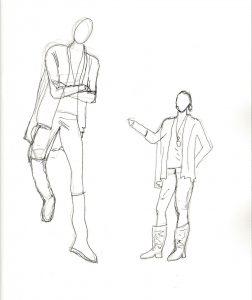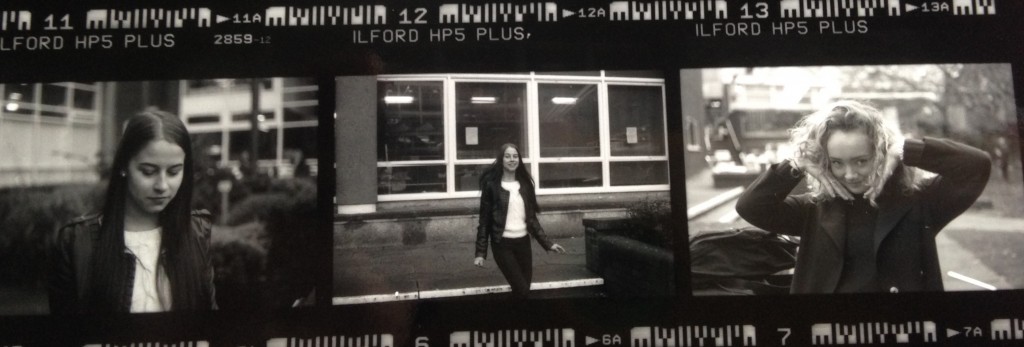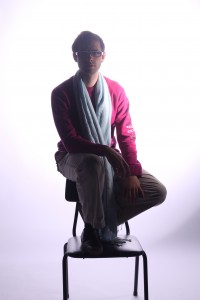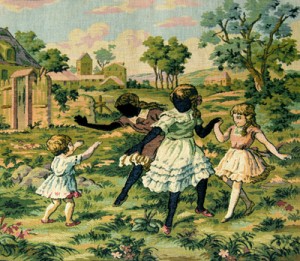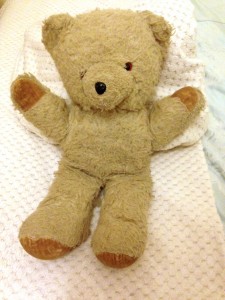Monday 5th January
For the first seminar of 2015 was in both form of a more detailed briefing for our next module; Introduction to fashion illustration and drawing! I’m really looking forward to learning new skills and being part of some more physical interacting classes. I myself am not the best at drawing fashion illustrations so I am excited to see what I can produce within the next few weeks.
The aims for our brief are:
1. To introduce students into fashion drawing, imaging processes and their roles in the fashion communication industry
2. To learn specialist techniques and become confident with specialist tools and equipment through project work, research and experiment in prac/ce
3. To experiment with different techniques, ideas and outputs within project briefs and sketchbook work
4. To prac/ce professionalism by commiRng to studio prac/ce through recording professional development, through crea/ng a blog and PDP
Initially we looked at some examples of how to produce fashion illustrations that are in proportion:
We then had a chance to practise and remind ourselves of how to use a pencil (it has been a while i must admit!)




